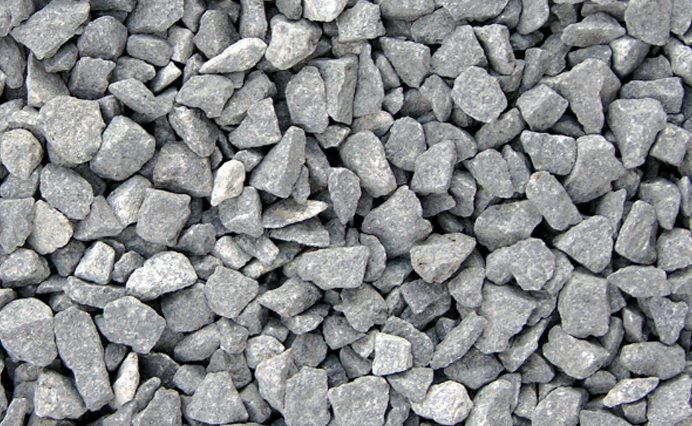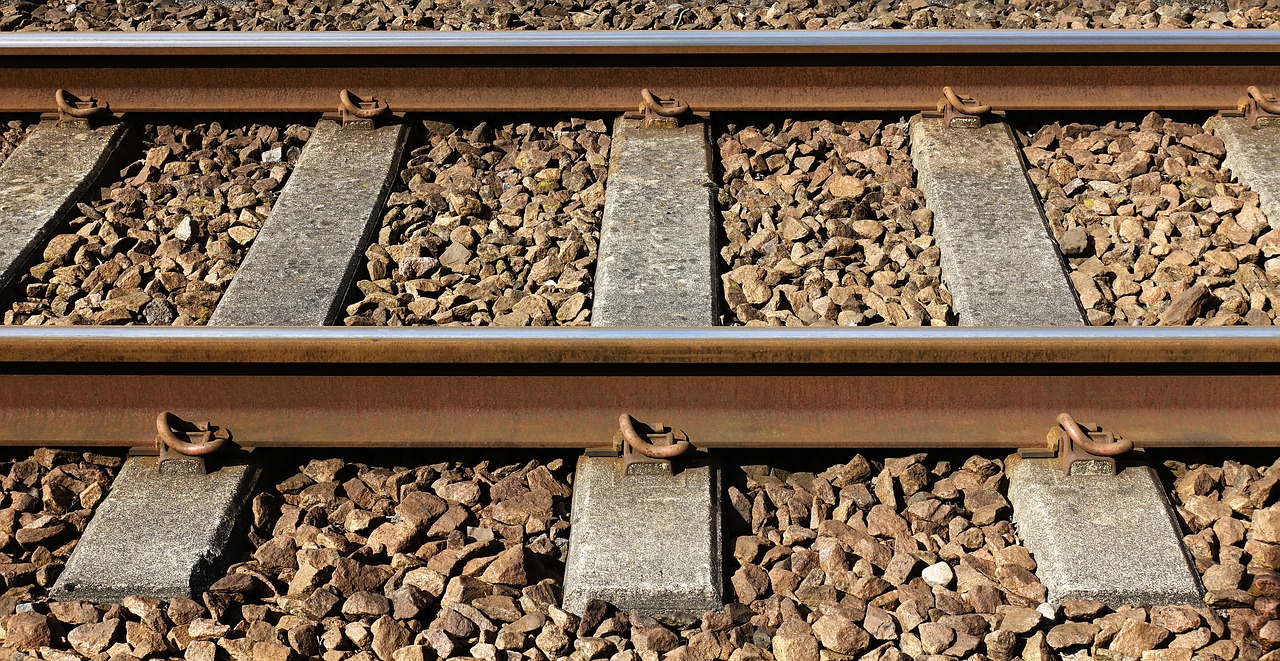Uses of Aggregates in Construction, Roads, Railway Ballast

Aggregates are the most mined material in the world. Construction aggregate is a broad category of granular raw material of different sizes (sand, gravel, crushed stone, slag, recycled concrete etc) used in construction. Uses of aggregate in civil engineering include the following:
Also See: Types of Aggregates
Uses of Aggregates
Aggregate can be used in a number of ways in construction. In roads and railway ballast the aggregates are used to resist the overall (static as well as dynamic) load, to distribute the load properly to the supporting ground and to drain the water off the surface. In concrete the aggregate is used for economy, reduce shrinkage and cracks and to strengthen the structure. They are also used in water filtration and sewage treatment processes. The uses of aggregates can be summarized in to the following three categories:
- As a Load Bearing Material.
- As a Filling Material.
- As an Infiltrating Material.
Uses of Aggregate in Concrete
Aggregate is an essential ingredient of concrete. The uses of aggregates in concrete is:
- Increases the volume of concrete, thus reduces the cost. Aggregates account for 60-75% of the volume of concrete and 79-85% weight of PCC.
- To provide a rigid structure.
- To reduce the shrinkage and cracking.
- Concrete aggregate is used in many structures and substructures e.g. different elements of a Building, bridges, foundations.
- The smaller the aggregate size the greater its surface area and the more binding material (cement) will be required, resulting in a higher cost.
- The greater the aggregate size the larger will be the voids, resulting in wastage of binding material (cement).
Hence a mixture of coarse and fine aggregate is used in concrete to avoid both these problems.
Uses of Aggregates in Roads
Aggregates are used as the base, subbase, and/or surface of roads in several forms:
- Stabilized using cementitious materials (blends of cement, fly ash, slag, lime).
- Stabilized with bituminous materials (bitumen or tar).
- Stabilized with other materials (resins, fibers, geosynthetics, etc.).
- Recycled aggregate.
In roads, it is also used to help distribute the load and assist in ground water running off the road.
Also See: Properties of Aggregates use in Roads
Uses of Aggregate in Railway Ballast

Properties of aggregate used in railway ballast are very different from those used in roads. The uses of aggregates in railway ballast include:
- A fully loaded train weighs in thousands of tons. To avoid damage to the rails, ground and other nearby structures a very tough aggregate is needed not only to support this high weight but also to distribute and transfer it properly to the ground.
- Railway ballast generally consists of a tough igneous rock (crushed), such as granite, with a larger diameter varying between 30mm to 50mm. Particles finer than this diameter in higher proportion will reduce its drainage properties. While a higher proportion of larger particles result in the load on the ties being distributed improperly.
- Other uses include fills, backfills, and drainage and filtration applications.
Since the angular stones interlock with each other, therefore, they are used to resist any movement of the rails and ties.












